A Guide to Workplace Accessibility
An accessible workplace boosts staff morale, widens your talent pool, and demonstrates a clear commitment to equality. In this guide, we’ll explore practical steps for developing an accessible workplace that supports everyone – employees, clients, and visitors alike.
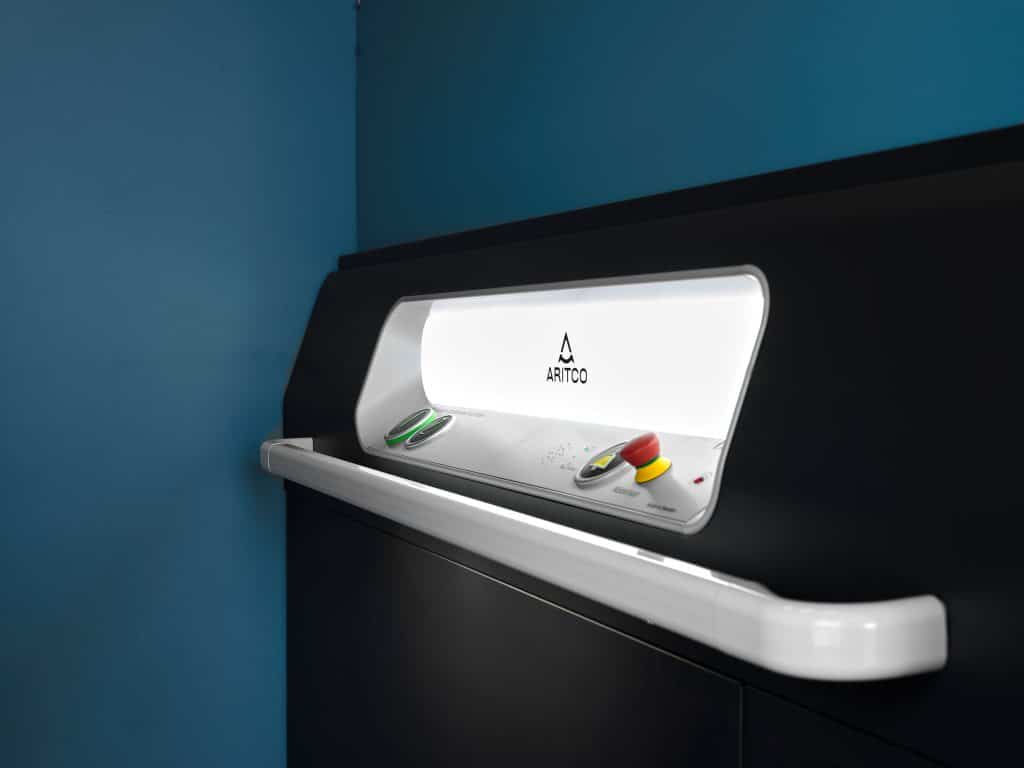
Why Workplace Accessibility Is So Important
An accessible workplace encourages diversity, and when disabled members of a workforce feel supported and accommodated, it has a wide-reaching and positive effect on productivity and morale.
When a workplace embraces accessibility, it can:
- Provide support to a wider pool of employees and customers.
- Reduce the rate of reasonable adjustment requests.
- Cultivate a positive attitude towards disability.
- Prove their commitment to workplace equality.
Legal Framework – The Workplace Disability Act & Equality Act
In 1995, the Workplace Disability Act – formally known as the Disability Discrimination Act (DDA) – was introduced to protect the rights of disabled individuals in the UK. While the DDA was a pivotal step forward, it was eventually repealed and absorbed into the more comprehensive Equality Act 2010.
The Equality Act brought together several anti-discrimination laws, covering not just disability, but also age, gender, race, religion, sexual orientation, and more. For employers, this means a legal duty to ensure disabled people are not treated unfairly and are given equal access to employment, opportunities, and the physical workplace itself.
Note: The Equality Act covers all residents of England, Wales, and Scotland. The DDA still applies to all those residing in Northern Ireland.
Businesses Must Make Reasonable Adjustments
Whether physical, procedural, or attitudinal. This includes improving entry points, providing assistive technology, and installing accessible lift systems where needed.
Failing to address accessibility issues in the workplace can lead to both legal consequences and reputational damage. Understanding these obligations is the first step towards creating a genuinely inclusive environment.
Key Accessibility Issues in the Workplace
Despite growing awareness, accessibility issues in the workplace remain a daily reality for many. Barriers can be physical, such as narrow doorways, stairs without alternatives, or inaccessible toilet facilities, but they also extend beyond the built environment.
- Sensory limitations, like poor lighting, lack of visual contrast, or noisy, overstimulating spaces, can make it difficult for neurodivergent individuals or those with sensory impairments to thrive. Even simple things, like inaccessible signage or poorly designed websites, can exclude employees and visitors alike.
- Attitudes also play a major role. A lack of disability awareness or confidence among staff can lead to awkward interactions, misunderstandings, or unintentional exclusion. Without proper training and policies in place, inclusive intentions often fall short in practice.

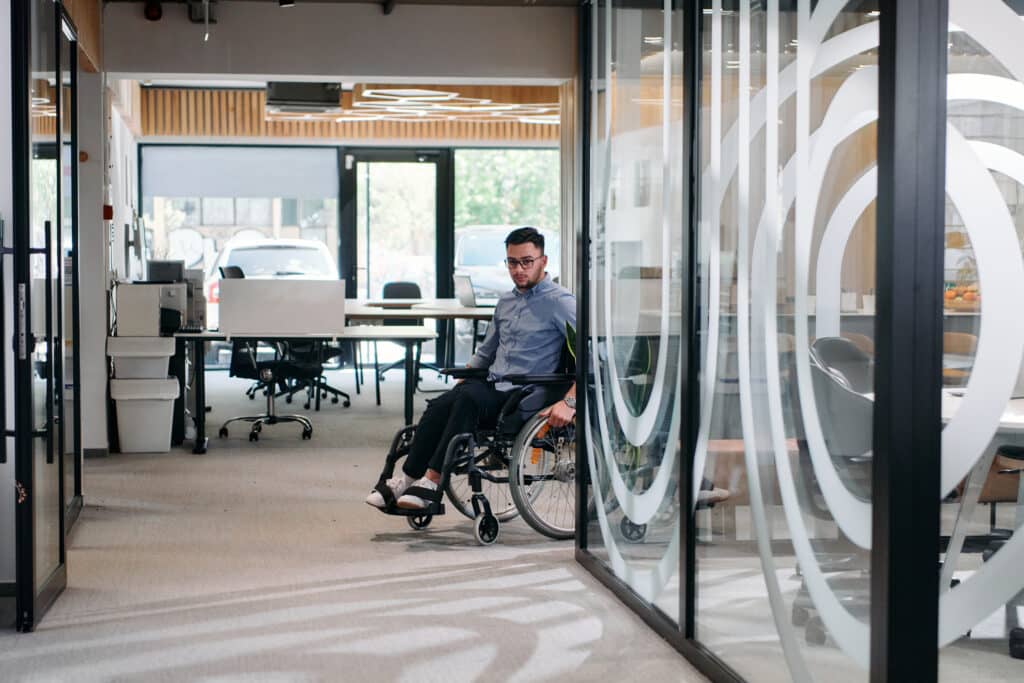
According to new data from the Department for Work and Pensions (DWP), almost one in four of the working-age population is disabled, and yet disabled workers are still twice as likely to be unemployed as non-disabled counterparts. This highlights the need for fair hiring practices, and for workplaces that are physically and culturally equipped to support everyone.
If you’re wondering how to make the workplace more accessible, the first step is recognising where the barriers lie.
Our 5-Step Accessibility Checklist for Employers
Every business is different, but most workplaces share similar problem areas when it comes to inclusion. Use this accessibility checklist to identify what needs improving and take meaningful steps towards creating a more inclusive and supportive environment for everyone.
1. Adapting the Physical Environment
The layout and design of your workplace has a direct impact on how inclusive it really is. Start by reviewing entrances and exits:
- Are they step-free and wide enough for wheelchair access?
- Are doorways easy to open, or could they benefit from automatic systems?
Corridors and walkways should remain clear of clutter and offer enough width for easy movement. Lighting should be bright but not harsh, and adjustable where possible. Signage needs to be easy to read, ideally with braille and tactile features. Consider adding auditory announcements or visual displays for better clarity.
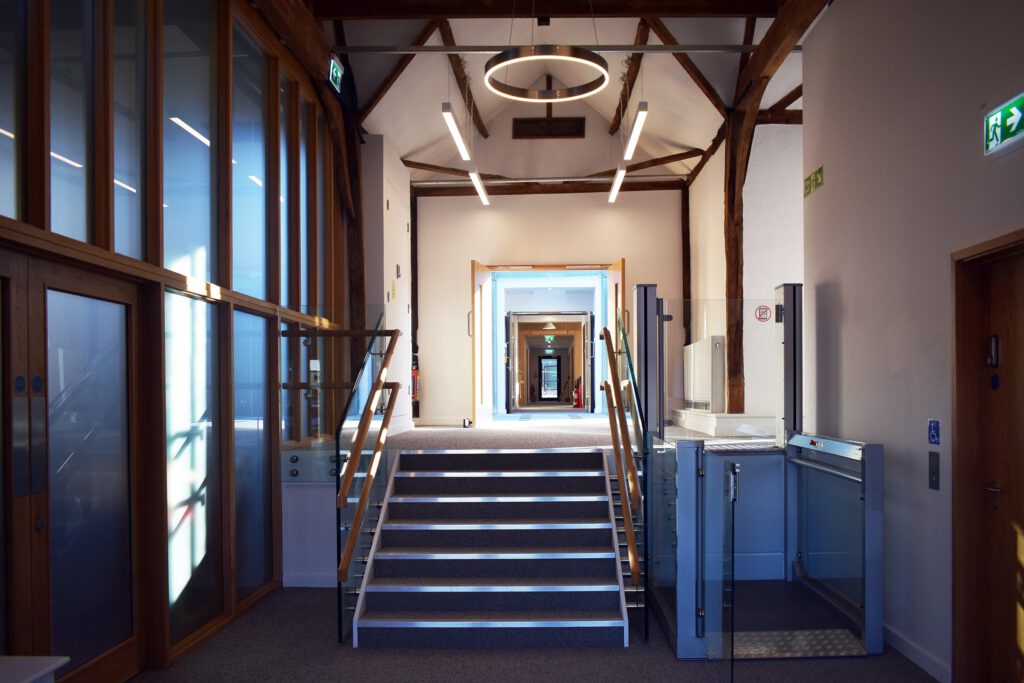
Access Lifts for Your Workplace
Stairwells should have a viable alternative. If your business operates across multiple floors, installing access lifts is essential. Modern platform lifts, like those from Gartec, can be fitted in tight spaces with minimal disruption.
- Could you improve accessibility with ramps?
- Have you invested in a high-quality commercial lift?
- Could shorter inclines be streamlined with a robust stair lift?
Be sure to check for accessible lift dimensions that meet the requirements of wheelchair users and carers – wider doors, level thresholds or ramps, and handrails are a must.
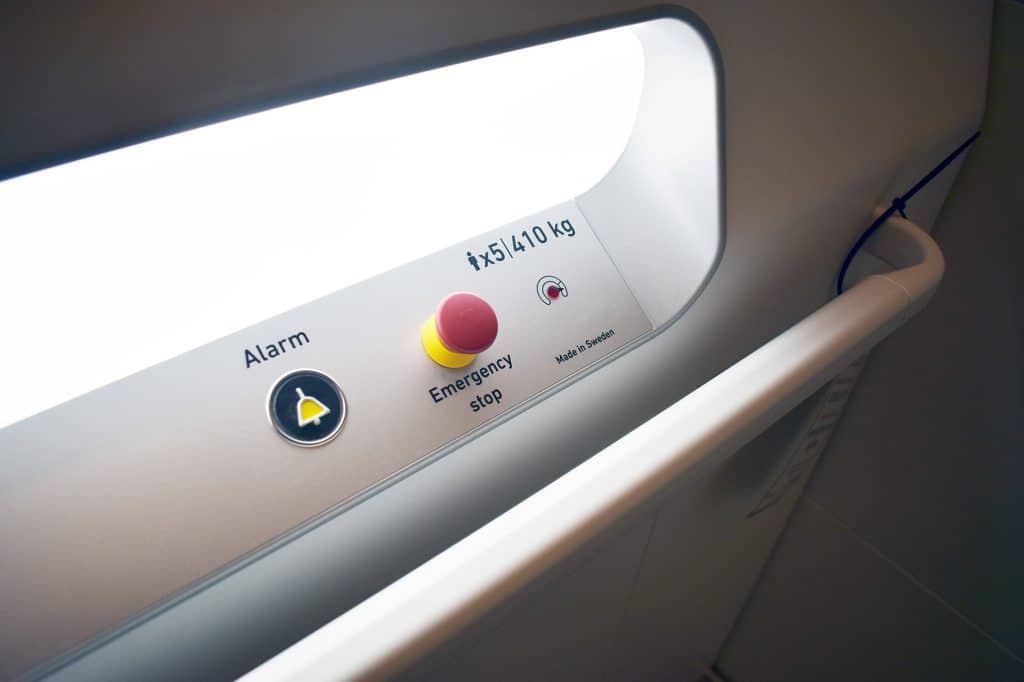
2. Installing Assistive Technologies
Assistive technologies can remove invisible barriers for employees with visual, hearing, cognitive, or motor impairments. Start with software: voice-activated systems and screen readers can open up IT systems to blind or partially sighted staff. Braille interfaces and tactile displays are another way to ensure key areas and equipment are usable by all.
For Neurodivergent Employees
Subtle tech enhancements can improve comfort and focus. Noise-cancelling headphones, colour-coded communication tools, or apps that break tasks into smaller steps can all help tailor the experience to different working styles.
3. Providing Ergonomic & Specialist Equipment
Investing in the right equipment is a vital part of making your workplace physically inclusive. Ergonomic furniture – like height-adjustable desks, chairs with lumbar support, and monitor arms – helps accommodate a wider range of physical needs and reduces strain for all employees.
Anti-glare screens, large-print keyboards and accessible mouse designs are simple but effective ways to support workers with visual or motor challenges. Task-specific equipment, such as wrist supports or standing mats, can also improve comfort and reduce the risk of injury.

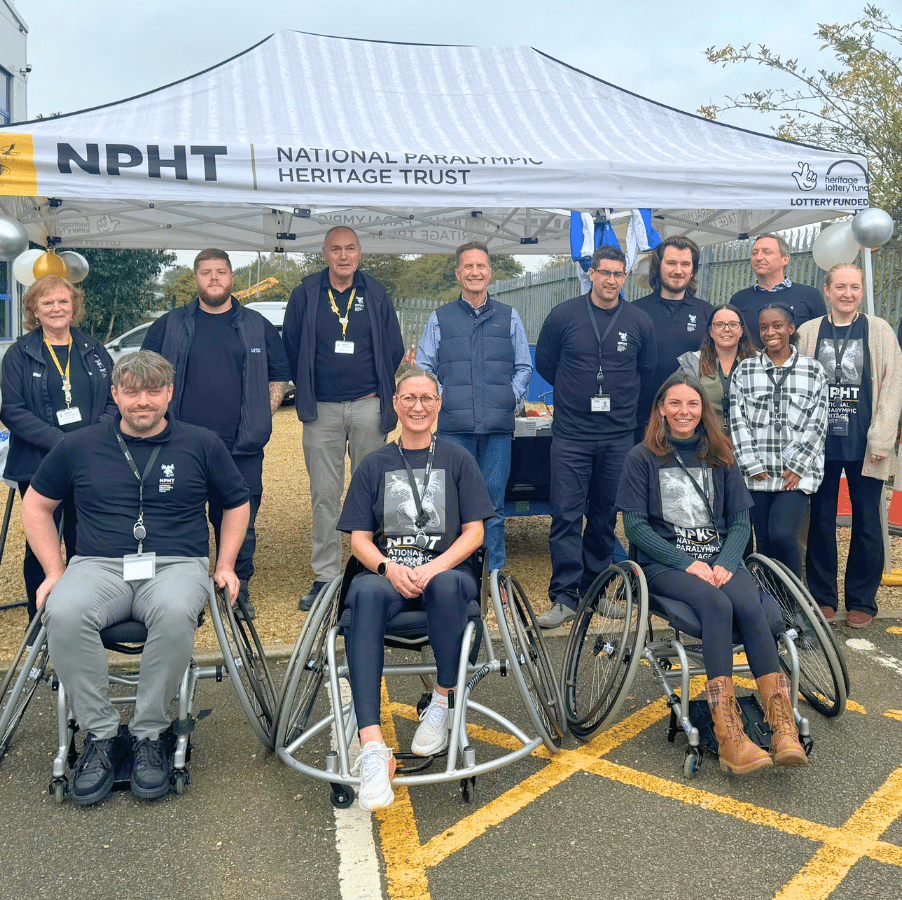
4. Staff Training and Awareness
Physical adaptations only go so far without the right culture to support them. Make disability awareness and empathy training a standard part of your onboarding and development process.
Employees should understand how to assist colleagues respectfully, use accessibility equipment safely, and respond confidently to individual needs. This might include sessions on hidden disabilities, inclusive language, or workplace etiquette around mobility aids.
Creating space for open conversation helps normalise accessibility needs and encourages everyone to play a role in supporting inclusivity.
5. Creating a Calmer, Flexible Workplace Culture
For many, overstimulation or rigid schedules are a bigger barrier than a lack of ramps or lifts.
Introduce quiet zones or breakout areas to reduce sensory overload. Offer flexible working hours or remote options where possible, especially for those managing fatigue, chronic illness, or mental health conditions.
Clear, consistent communication helps all employees feel secure. Whether it’s visual instructions, written meeting summaries, or noise-level guidelines, clarity helps prevent misunderstandings and reduces stress.
The culture of a workplace can have a considerable effect on overall accessibility, and in some cases can negatively impact the health of both disabled and non-disabled members of staff.
Find out more about improving workflow and productivity at work.
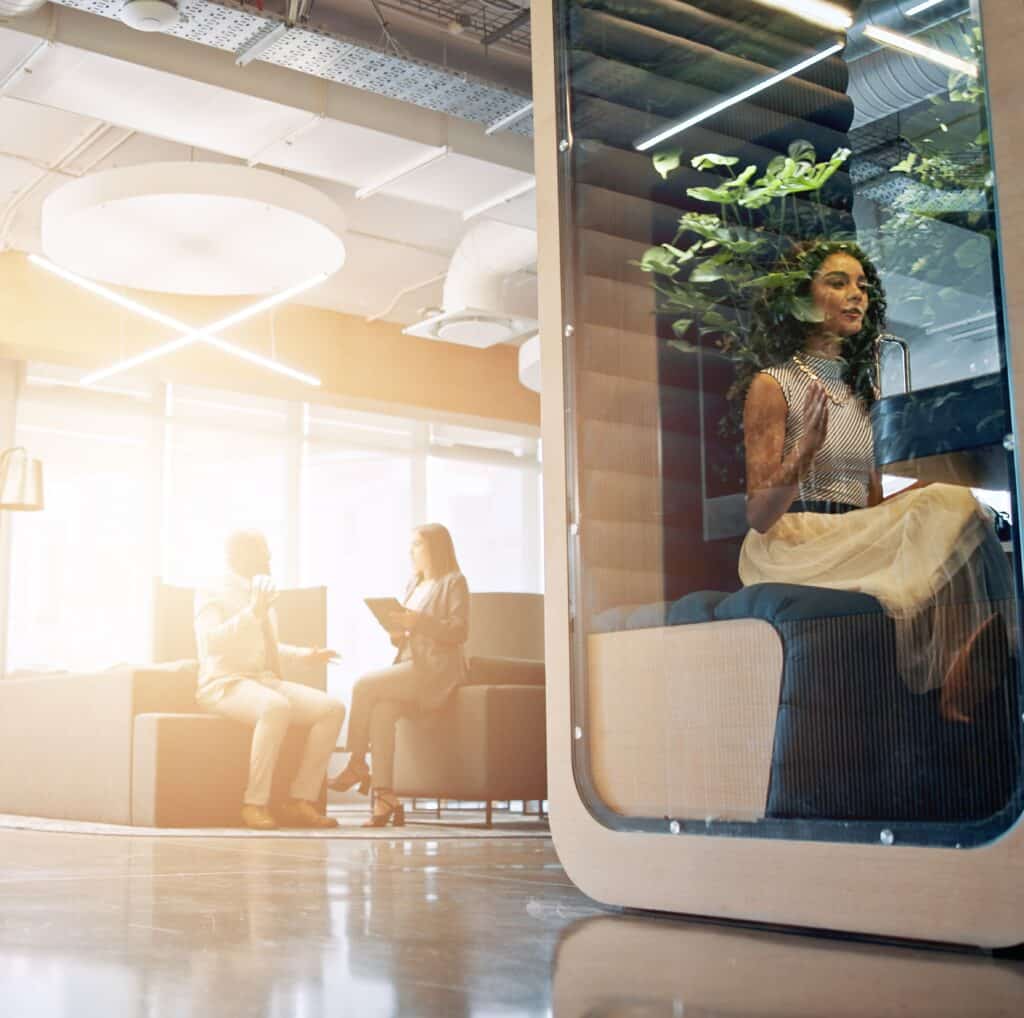
The Role of Access Lifts in Workplace Accessibility
In multi-level buildings, access lifts are essential to ensuring workplace accessibility. Without inclusive vertical transport, employees and visitors with mobility impairments may be excluded from key areas, or forced to rely on help, undermining their independence and dignity.
To meet modern accessibility standards, lifts should be designed with usability in mind. Accessible lift dimensions typically allow space for a wheelchair user and a carer, with minimum platform sizes starting at 1100mm x 1480mm. Features like wide doors, level thresholds or ramps, easy-reach controls, and sufficient turning space are all vital for compliance with the Equality Act.

Gartec’s Commitment to Inclusion
As a registered Disability Confident employer, Gartec is part of a national movement helping businesses recruit, retain, and support disabled people. Backed by the UK government and developed with input from disabled people and employers alike, the scheme encourages inclusive hiring and positive workplace change. It reflects our commitment to accessibility not just in the solutions we offer, but in how we work as a business.
Get to Know the Gartec Range
Our offering of home lifts, commercial passenger lifts and step lifts is specifically designed to address these needs in a compact, energy-efficient format. These platform lifts require no separate machine room or deep pit, making them ideal for retrofitting in listed buildings, space-limited environments, or residential properties. Step lifts offer a short-rise alternative where a full lift isn’t necessary, such as at split-level entrances or reception areas.
In order to remain compliant with the Equality Act, we do our best to ensure that all disabled lift solutions meet accessibility standards, including:
- Doors and platforms wide enough to carry wheelchair users and carers.
- Larger push buttons set at a specific height for easy reach.
- Handrails to provide support throughout journeys.
- Appropriate lighting up to 200 lux to ensure full visibility.
- Adequate space to enter and exit the lift.
- Distinguishable wall colouring to help guide users.
- Complete emergency systems including battery backups.
- Level entry points or ramp access to avoid trips and other accidents.
- Visible landing indicators to inform the partially sighted.
- Rear-mounted mirrors to provide better visibility.
All modern lifts installed in commercial properties, for the purpose of providing accessibility to disabled workers, need to meet these standards in order to comply with the Equality Act (2010). For those that do not comply, we offer lift replacement services.
Funding Support – Access to Work Scheme
For employers and employees looking to improve workplace accessibility, the Access to Work scheme offers valuable financial support. Run by the UK government, the scheme is designed to help disabled people or those with long-term health conditions overcome accessibility issues in the workplace.
Support is available for a wide range of adjustments – from specialist equipment and assistive technology to travel arrangements and workplace adaptations. In many cases, this includes contributions towards the cost of access lifts or other mobility solutions where access is otherwise limited.
Eligibility is based on individual need rather than company size or sector, and employers are not required to apply on behalf of the employee. For those meeting the criteria set out under the Workplace Disability Act and the Equality Act, Access to Work can make inclusive improvements much more achievable.

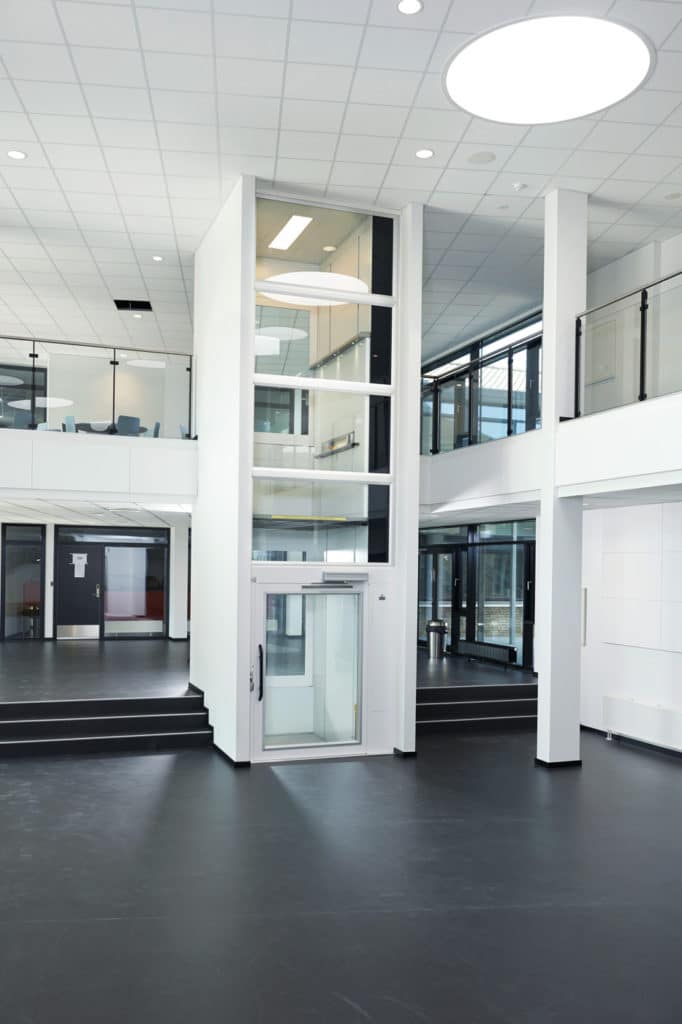
Prioritise Accessibility in Your Workplace
Workplace accessibility is about creating an environment where everyone can contribute, thrive, and feel valued. Start by identifying barriers with an accessibility audit and use the checklist above to guide meaningful changes. If you’re unsure how to make the workplace more accessible, the Gartec team can offer expert advice on practical, compliant access solutions tailored to your space.